Edmond Historic Sites
As Listed on the National Register of Historic Places
When the dust finally settled from the 1889 Land Run, construction began on two major buildings in Edmond. The first was Old North Tower, on the campus of Territorial Normal School. It was completed in 1894. Citizens State Bank, built on the corner of 1st Street and Broadway, opened its doors in 1901. Today both buildings are listed on the National Register of Historic Places.
The buildings, one for education and the other for banking, have several things in common. Both were built using local material.
Red sandstone, also known as Edmond Red, was quarried a short distance from Edmond, and became the primary material used in construction. Both were built before statehood. Both were known for their Territorial style of architecture which was prevalent in Oklahoma Territory from 1889-1906.
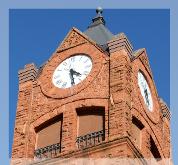 Old North Tower
Old North Tower
Constructed in 1892, this building was expressly for ‘normal’ school training but it also was the first building built for a state-supported institution of higher learning in Oklahoma. Throughout the years the school has undergone name changes, the last being University of Central Oklahoma.
Old North Tower is located at 100 University and was placed on the National Register of Historic Places in 1971.
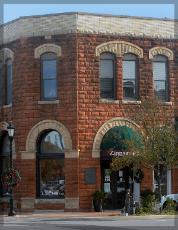 Citizens’ State Bank Building
Citizens’ State Bank Building
This historic building, constructed in 1901, is a well preserved example of territorial sandstone architecture and is a reminder of the importance of banks in early frontier development. The bank boasted a “fireproof” and “burglaryproof” vault. In 1981 it became known as Citizens’ Bank of Edmond.
Citizens’ State Bank was placed on the National Register of Historic Places in 1980.
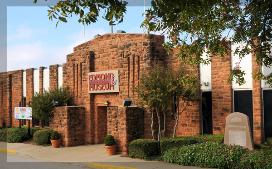 Edmond Armory
Edmond Armory
The Edmond Armory was built of native red sandstone between 1936 and 1937 under the Works Progress Administration. Local WPA construction projects created job opportunities for unemployed workers during the Depression of the 1930s. Once completed, the armory became the home of the Oklahoma National Guard, 179th Infantry Unit of the 45th Infantry Division.
The National Guard moved to a new location and the City of Edmond took possession of the building, later converting it into the Edmond Historical Society and Museum in 1983.
Located at 431 South Boulevard, the armory was placed on the national Register of Historic Places in 1991.
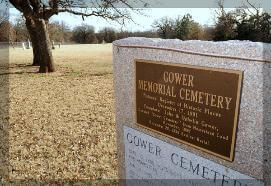 Gower Cemetery
Gower Cemetery
The Gower Cemetery east of Edmond is the final resting place for an estimated 200 individuals. Primarily African Americans settled in this area during Oklahoma’s 1889 Land Run. Once there was a school and a church, but they have since disappeared into history. The cemetery was founded by John and Ophelia Gower, and three generations of their family.
Located east of Interstate 35 on Covel Road between Douglas and Post Roads, the cemetery was placed on the National Register of Historic Places in 1991.
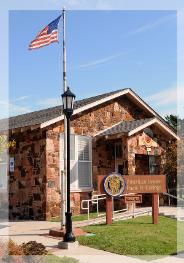 American Legion Hut
American Legion Hut
This building was built in 1936-1937 of native red sandstone and was another Works Progress Administration project. Both it and the Edmond Armory were built in Stephenson Park. The park also received some construction projects during this time including the little rock bridges. It’s conceivable the WPA workers worked on all three projects at the same time.
Located at 4th and Littler, the American Legion Hut was placed on the National Register of Historic Places in 1993.
Y-Chapel of Song
Located on the Campus of the University of Central Oklahoma, construction on the chapel was started in 1948 and finished a year later. The unique features of this building are the stained glass windows, designed and created by school art students.
Y-Chapel of Song was placed on the National Register of Historic Places in 2001.
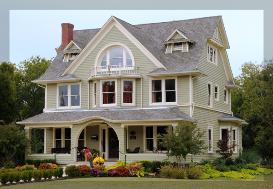 The Kivlehen House
The Kivlehen House
This home was built in 1910 by James D. and Mattie Kivlehen. The two and a half story home has over 2900 square feet. It cost $5,000. Newspaper accounts of the time cited the home as “one of the largest residences in Edmond.” ‘
Today, after major renovations, the historic Kivlehen home can be seen at 525 North Jackson, and was listed on the National Register of Historic Places in 2008.
